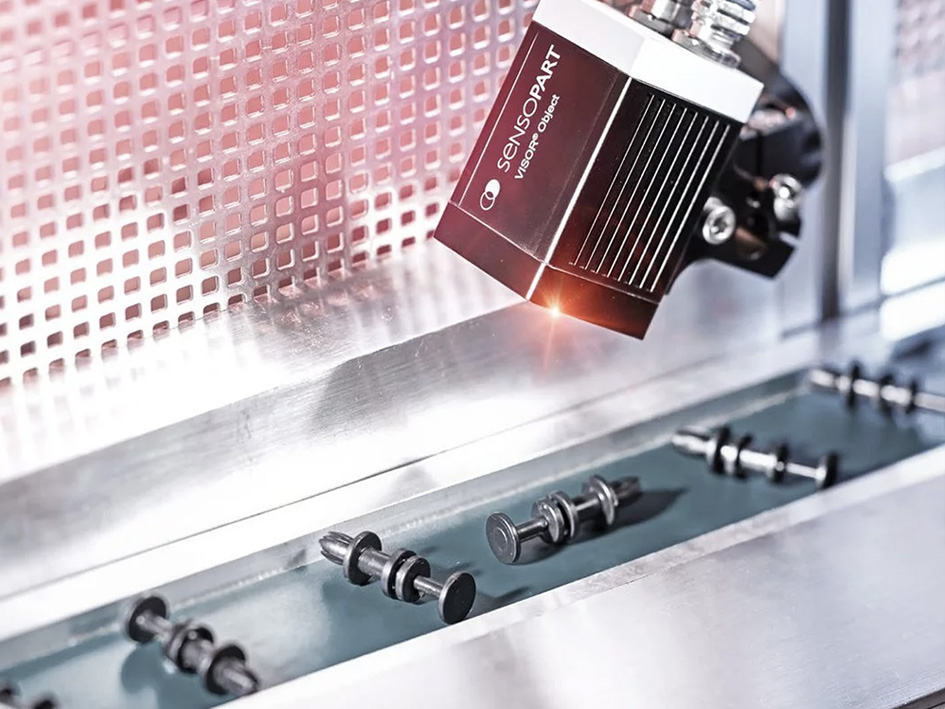Arc‑on time is the percentage of planned production time that the welding arc is live.
Formula:
Arc‑on Time (%) = (Time arc is energised ÷ Planned production time) × 100
When arc‑on time rises, throughput increases, quality stabilises, and unit costs fall. With Olympus Technologies combining cobot automation and real‑time data, manufacturers can reduce idle activities, standardise best practice, and achieve consistent results that meet standards—shift after shift.
Contact Olympus to see how automation can increase your arc‑on time.
Why Arc‑On Time Defines Welding Efficiency
Arc‑on time translates directly into productive welding minutes. Improving it:
- Boosts throughput by keeping the torch on parts instead of paused between tasks.
- Improves quality through controlled travel speed, consistent parameters, and repeatable paths.
- Lowers cost per weld by reducing rework, consumable waste, and unplanned downtime.
- Gives clarity - a simple percentage everyone can rally around, by line, station, or shift.
Tip: Use planned production time (exclude breaks and meetings) so teams focus on controllable loss.
The Practical Challenges Holding Arc‑On Time Back
Many shops face a familiar mix:
- Variable quality triggers rework and schedule disruption.
- Skills shortages constrain capacity and consistency.
- Downtime and micro‑stoppages erode the day’s arc‑on percentage.
- Non‑value tasks - setup, repositioning, and searching for parts - devour minutes.
Automation helps. Handing repeatable joints to a cobot keeps the arc active longer. Olympus cobots hold steady travel speed, repeat qualified paths, and reduce fatigue‑related variation - so operators can focus on higher‑value work.
Data‑Driven Solutions for Higher Welding Performance
Modern welding information systems surface live arc‑on time alongside defect rates, stoppages, and changeover duration. Teams can slice performance by shift, part number, WPS/procedure, or station and act with precision.
Use these insights to:
- Optimise parameters (voltage, wire feed, travel speed, shielding gas) for a stable arc and repeatable bead.
- Monitor KPIs: arc‑on %, first‑pass yield, rework rate, mm/inches of weld per hour, top downtime causes.
- Run CI cycles that hit the biggest losses first (Pareto), then lock in gains with standard work.
Olympus integrates automation and real‑time monitoring so leaders make decisions from live data—not assumptions.
Explore our smart welding solutions to improve efficiency with data.
Equipment and Technology: The Foundation of Arc‑On Performance
- Power sources & torches: High‑quality equipment reduces spatter, burn‑back, and defects.
- Robotic & cobot cells: Minimise pauses, maintain travel speed, and repeat qualified paths with precision.
- Adaptive control: Keeps parameters in the process window for more of the shift, sustaining quality.
- Safety & ergonomics: Fume extraction, better posture, and reduced fatigue lead to steadier output.
Preventive maintenance matters. Simple daily checks on torches, liners, contact tips, wire delivery, and gas supply stop minor issues turning into downtime. Olympus provides practical checklists tuned to your process.
Manual vs Robotic/Cobot Welding
| Criterion | Manual Station | Robotic/Cobot Cell |
|---|---|---|
| Arc‑on time (typical) | Highly variable; sensitive to fatigue and task mix | Higher and steadier on repeatable joints and batches |
| Weld consistency | Operator‑dependent | Programmed path and speed; highly repeatable |
| Unplanned downtime | More micro‑stoppages from handling/fit‑up | Lower once fixturing and programs are stable |
| Labour cost per weld | Higher on repetitive work | Lower on repeatable joints; operators redeployed to value‑add tasks |
Welding Case Study: Faster Gains with Cobot Automation
A UK manufacturer partnered with Olympus to deploy a cobot cell with built‑in monitoring. Within weeks, the site recorded a 30% increase in arc‑on time and a clear reduction in rework/touch‑ups. By locking in qualified procedures for repeat jobs and providing simple program templates, the team improved standards compliance and stabilised throughput during peak demand.
The lesson: combining automation, real‑time data, and targeted training delivers faster cycle times and a stronger return - especially where parts repeat.
View more UK case studies of manufacturers boosting efficiency with cobot welding.
Best Practices to Maximise Arc‑On Time
- Define the metric: Agree what counts as planned production time and measure arc‑on the same way on every line.
- Standardise work: SOPs for joint prep, fit‑up, tack strategy, and parameter windows.
- Use data for decisions: Change parameters based on evidence; validate with trial coupons and live KPIs.
- Catch issues early: In‑process checks to prevent rework downstream.
- Automate repetitive tasks: Apply cobots to fatigue‑prone or positionally awkward welds.
- Maintain proactively: Daily torch/liner/contact‑tip checks; weekly wire feed and gas audits.
- Run weekly Pareto reviews: Attack top downtime causes; update SOPs and cobot programs.
- Upskill continuously: Short, focused training anchored to live station data.
Example calculation:
Planned production time = 6 hours (breaks removed).
Arc energised time = 1.8 hours.
Arc‑on Time = 1.8 ÷ 6 = 30%.
Conclusion: Build Efficiency by Focusing on Arc‑On Time
Maximising arc‑on time is a direct route to higher throughput, better quality, and lower unit cost. The path is clear: measure what matters, act on data, invest in reliable automation, and reinforce good practice with training and maintenance. With cobot welding, robotic automation, and integrated monitoring from Olympus Technologies, you can convert time at the torch into predictable output and stronger competitiveness.
Book a consultation to find out how much you could improve arc‑on time in your welding operations.
FAQs
What’s the difference between arc‑on time and OEE?
Arc‑on time focuses on the welding arc being live during planned time. OEE adds availability, performance, and quality into one composite metric. Use both: arc‑on for day‑to‑day welding efficiency; OEE for plant‑level performance.
Is arc‑on time the same as a power source’s duty cycle?
No. Duty cycle is an equipment rating (e.g., 60% at a given current). Arc‑on time is a process/operations metric for how much of the shift is spent actively welding.
What’s a “good” arc‑on time?
It depends on part mix, fixturing, and changeovers. Automated cells typically sustain a higher, more stable arc‑on time on repeatable joints because repositioning and parameter variation are reduced.
How quickly can we improve it?
Many sites see early gains by fixing top downtime causes (consumables, gas, wire feed) and standardising fit‑up. Adding a cobot cell to repetitive welds often compounds those gains.














